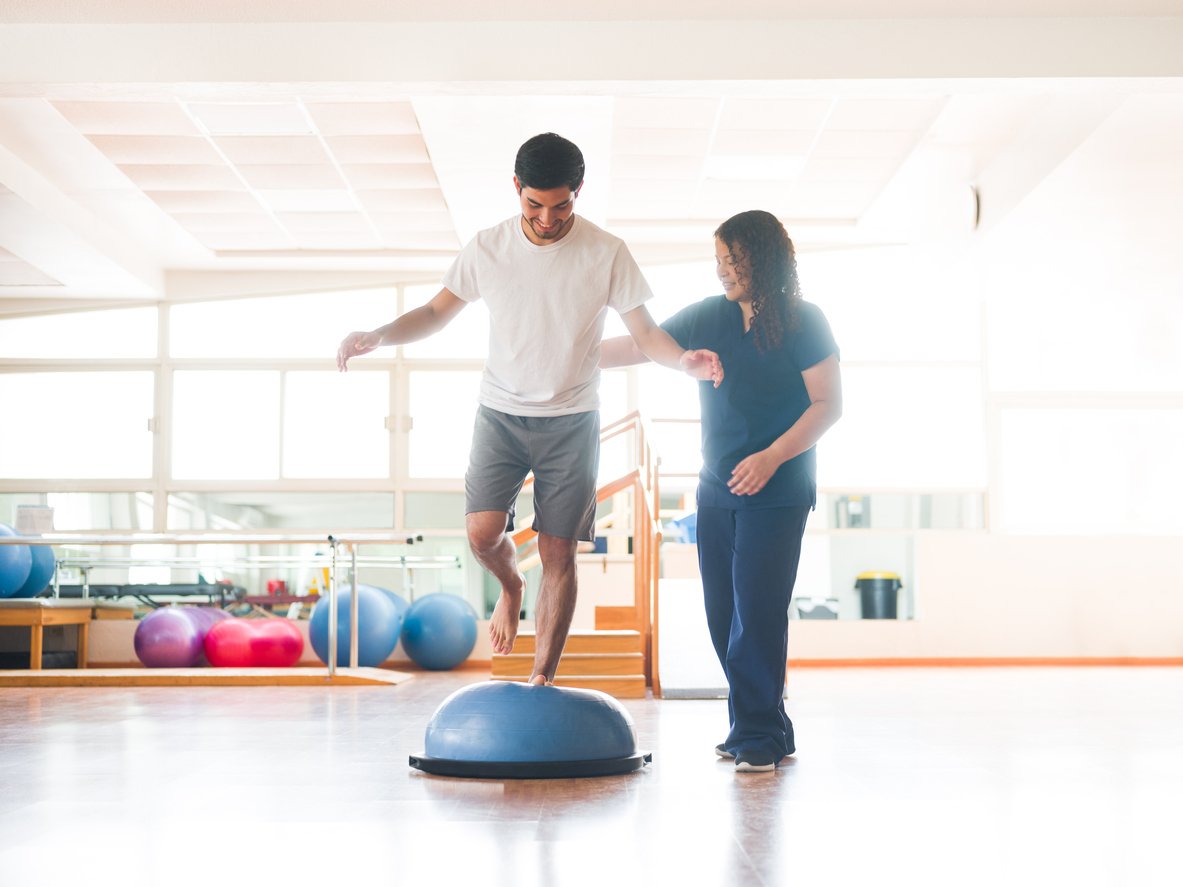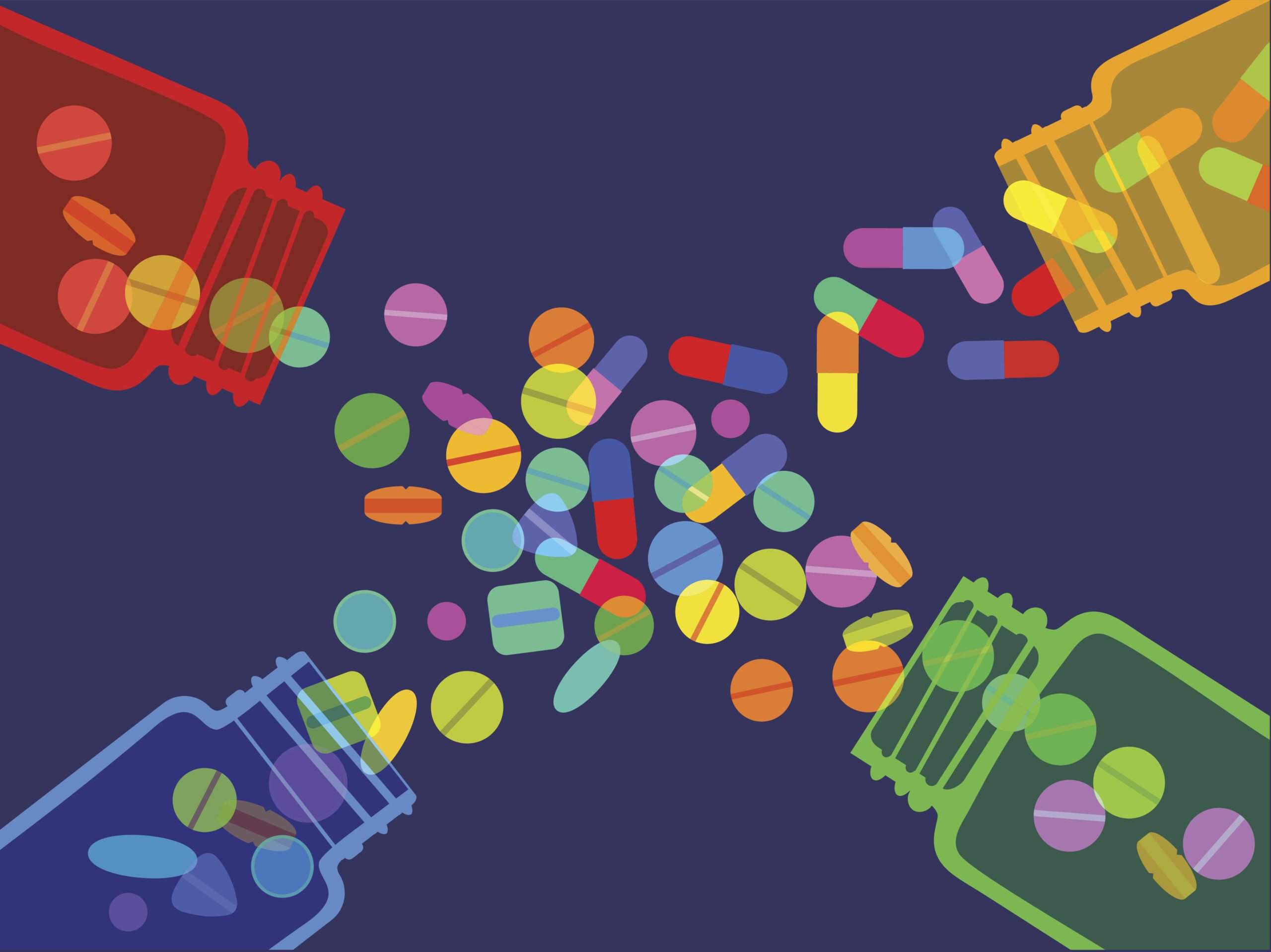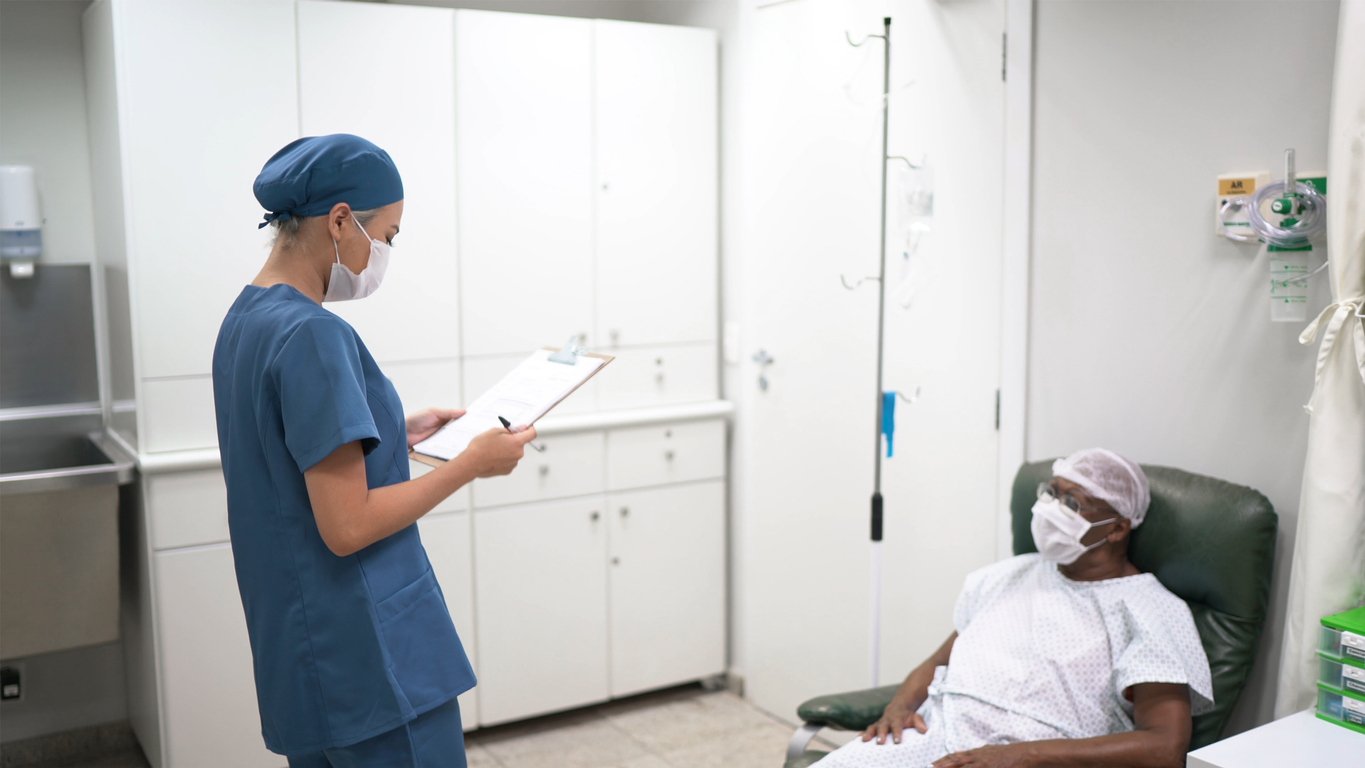Commercial Feature
Since its opening in November 2020, the UPMC Sports Medicine Clinic at the WIT Arena has attracted many athletes of all levels. “At UPMC, we strive to offer advanced, comprehensive care for athletes and active people,” said Mr Patrick Carton, MD, FRCS (Tr and Orth), FFSEM, director of orthopaedic sports medicine for UPMC in Ireland. “With a focus not only on recovery, but also injury prevention, the UPMC Sports Medicine Clinic is equipped and staffed to provide evidence-based, quantitative measurements of strength and performance for optimal care.”
Dr Dualtach MacColgáin, BSc, MSc (Sports Medicine), MBChB, MISCP, MICGP, MFSEM, and Mr Carton collaborate closely with their colleagues in Ireland and Pittsburgh to grow UPMC’s sports medicine programme, giving athletes across the country timely access to trusted diagnostics and treatment.
The clinic houses a wide variety of equipment and services unique to the region, including:
The South East’s only AlterG® Antigravity Treadmill™, which allows for pain-free lower extremity rehabilitation
by reducing gravitational forces in a fall-safe environment.
Biodex technology, which guides return to play with validated, quantitative outcomes data obtained through
computerised measurement of muscle function and output.
Blood flow restriction rehabilitation, which uses a specialised tourniquet system to reduce blood flow to an
extremity, with the goal of increasing strength using lower weight loads to mimic training at high loads.
Winback and shockwave therapy, two non-invasive, evidence-based treatments that accelerate healing from
sports-related injuries.

Mr Patrick Carton

Dr Dualtach MacColgáin
UPMC Sports Medicine is also one of the primary concussion treatment centres in Ireland. As part of the UPMC Concussion Network and under the direction of Derek O’Neill, the clinic offers athletes evidence-based testing and rehabilitation following a concussion injury to optimise recovery and return to play.
UPMC Sports Medicine Clinic Research
High impact field sports where rapid changes in direction and acceleration/deceleration at speed are required can predispose players to lower limb injuries. One such injury common in multi-directional sports is hip impingement. This is a mechanical issue caused by a build-up of bone on the ball and socket components of the hip joint. As these bony prominences become bigger, the repetitive contact results in associated labral tears and damage to the cartilage, potentially increasing the risk of osteoarthritis.
Advanced surgical treatment and new insights have expanded the understanding of this issue for athletes, with
the dissemination of information on an international level. Earlier this year (March 2021) Mr Carton and team published a study1 in the Orthopaedic Journal of Sports Medicine.
In this study, 760 athletes competitively involved in Gaelic football, hurling, soccer, or rugby were followed over a 2.2-year period. All cases underwent surgical correction for symptomatic hip impingement previously unalleviated by conservative management alone. For these athletes there was a significant improvement in their pain- and activity-related outcomes, which was maintained two years later. The range of movements in the previous stiff hips had significantly improved. Furthermore, twoyears post-op, 84 per cent of cases were continuing to play their main sport with 80 per cent of cases continuing to play at their pre-injury level, highlighting the effectiveness of this surgical procedure for these high performing athletes.
In this same study, the team at UPMC Whitfield Hospital were able to demonstrate that for cases with initial symptom duration greater than six months prior to undergoing surgery, outcomes were poorer at follow-up compared to those with symptoms <6 months. Additionally, athletes with longer symptom duration were less likely in their ability to continue with sport, even after undergoing this preservation surgery.
As team-based sports and activities resume (through Covid-19) it is vitally important to look after athletes in every aspect of their player wellbeing. This includes both physical and emotional aspects of overall health. In February 2021, the team published a paper addressing the implications beyond the physical disability which chronic hip impingement may have on an athlete. Their study2 was published in Arthroscopy: The Journal of Arthroscopic and Related Surgery. This large study of 486 male athletic cases, showed that although excellent restoration of physical functioning and ability to continue playing two years following surgical correction was reported by the athletes, the emotional toll of carrying a chronic hip injury may not be such an easy fix.
It is therefore important to be aware that limited ability to engage fully in the physical demands of these sports may have ongoing and lasting impact on players’ overall mental health.
Establishing an accurate diagnosis and undertaking the most optimal course of treatment for the athlete suffering from hip and groin pain can be complex. The guidelines for treatment often become even more blurred when there is a suspicion that symptoms could be originating from different areas.
One of the most common diagnoses for groin pain in the athlete is what is referred to as Gilmore’s groin, and the treatment of choice has primarily been through surgical groin-specific repair. New research from our team published in April 2021 in The American Journal of Sports Medicine investigated the relationship between the classic signs and symptoms of groin pathology among cases with coexisting evidence of hip impingement.
With an awareness of this associated biomechanics, in this study of 113 competitive male athletes, the hip deformity and associated pathology was prioritized for treatment in the first instance using arthroscopic corrective surgery. In almost nine out of 10 cases (89.2 per cent) this single, minimally invasive hip arthroscopic procedure was successful in managing both hip- and groin-specific symptoms, avoiding the need for unnecessary groin surgery.
This study concludes, and adds to the growing body of evidence, that an underlying hip pathology may be the primary cause of secondary injury of the surrounding anatomic structures and correcting this primary pathology may avoid the need for unnecessary groin operations.
UPMC Concussion Network – Understanding
the importance of VOMS
Recent research has determined that vestibular abnormalities are frequent following a concussion and can delay healing. Vestibular and/or ocular motor impairments (VOMS) present as dizziness and are often reported as one of the earliest symptoms of concussion. Should an athlete report dizziness following a suspected concussion, immediate removal from play and assessment is required. Failure to do so risks protracted recovery time from typically 19 days to over 40 days or more.
A clinical examination of the vestibular system and ocular motor system maybe one of the most appropriate methods to detect early symptoms of concussion. The Vestibular Ocular Motor Screening, developed at the internationally-accredited UPMC Concussion Network in Pittsburgh, assesses vestibular and ocular motor impairments via patient-reported symptom provocation after each assessment. The VOMS assesses five domains of vestibular (balance) and ocular (visual) motor impairments. These include: (1) smooth pursuit, (2) horizontal and vertical saccades, (3) convergence, (4) horizontal vestibular ocular reflex (VOR), and (5) visual motion sensitivity (VMS).

The assessment is a brief, five-minute exam. To supplement the VOMS assessment, a neuro-vestibular
assessment is also useful in determining concussion and can be carried out pitch-side. This assessment challenges
proprioception with and without visual input. A simple tandem stand with eyes open and closed on the sideline may
be sufficient to determine issues with the vestibular system.
The management of concussion has changed dramatically with increased understanding of the condition. Traditionally, rest, preferably in a dark room would have been prescribed, however we now know that exertion is an important factor in optimal rehabilitation. In fact, simply resting may prolong recovery time. Research suggests that two to three days following a concussion, sub-maximal exercise can be undertaken. As symptoms lessen, the level of exertion may be increased under clinician guidance.
Before return to play clearance, athletes must be symptom free at rest, at maximal exertion and have baseline levels of neurocognitive function on the concussion ImPACT test.
For more information on UPMC Sports Medicine, visit UPMC.ie/sportsmed.
Reference Publications:
- Mullins K, Filan D, Carton P. Arthroscopic correction of sports-related
femoroacetabular impingement in competitive athletes: Two-year
clinical outcome and predictors for achieving minimal clinically
important difference. Orthopaedic Journal of Sports Medicine. March - doi:10.1177/2325967121989675
- Filan D, Carton P. Chronic hip injury has a negative emotional impact
on the male athlete with femoroacetabular impingement. Arthroscopy.
2021 Feb;37(2):566-576. doi: 10.1016/j.arthro.2020.10.035. Epub
2020 Oct 24. PMID: 33239184 - Carton P, Filan D. Arthroscopic correction of femoroacetabular
impingement for concomitant inguinal disruption in athletes with dual
pathology. The American Journal of Sports Medicine. April 2021.
doi:10.1177/03635465211007144













Leave a Reply
You must be logged in to post a comment.